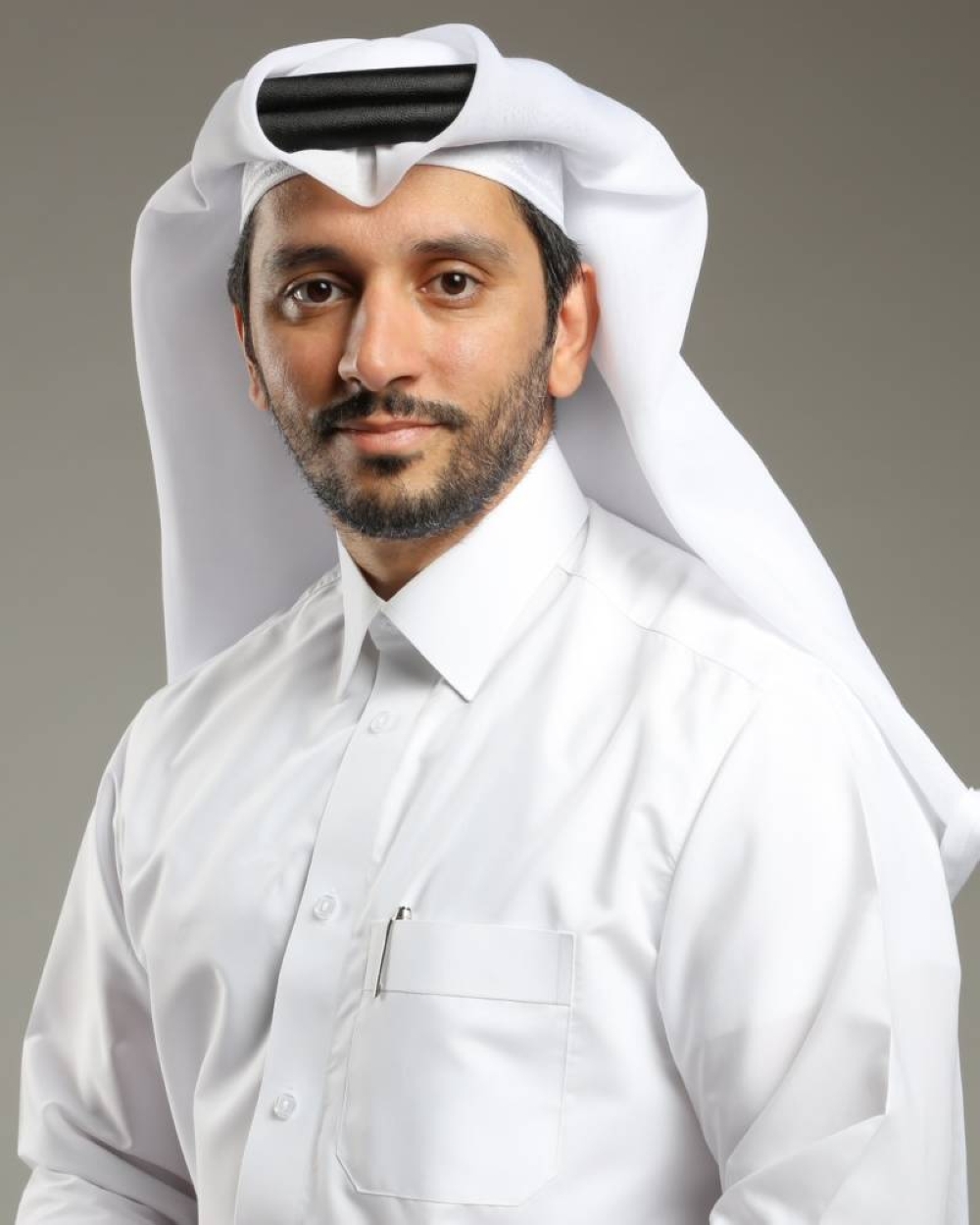In Qatar, as in all nations, there are challenges when trying to provide universal healthcare for all, while keeping spending affordable. A report by the World Health Organisation in 2010 concluded that no nation had managed to ensure that all of its citizens had access to every treatment and medical technology.
In the period 2013-2015, a well-intentioned reform was aimed at improving access to health services. The government set up its own health insurance company, known as SEHA, which provided state funding for citizens’ health treatments, with provision by the private sector. Unfortunately, there were insufficient checks and balances in place to control costs. Individuals could seek as many consultations as they wished, some clinics were accused of charging for a more advanced procedure than the one actually provided, knowing that the state would pick up the bill. For example, an individual may have been treated for a routine appendix removal, but the bill levied was for dealing with infected appendicitis, which costs more. A member of the Shura Council pointed to significant price increases by private clinics during the operation of the SEHA scheme. There was a financial incentive to carry out a higher number of tests than were strictly necessary.
In October 2015, official figures showed that QR1.3bn had been paid during the first 15 months of the scheme, covering 1mn consultations, amounting to three consultations per citizen. The scheme was ended at the end of that year.
The primary lesson was that it is difficult for a state enterprise to build from scratch a service that could fully match a major private sector insurance company in terms of quality of service, cost control and detection of fraud. An established insurance company, for example, would employ its own doctors, who would be able to check whether a request for a certain test or treatment were really necessary. Above all, such a company has shareholders and built-in incentives to contain costs. Qatar is a mature and developed market for health insurance, with at least five major providers offering the advanced level of expertise necessary.
After the scrapping of SEHA, provision reverted to a mix of private health insurance on a voluntary basis for those who could afford it and a public health service where the state was the provider. In preparation are plans for a mandatory health insurance service for citizens and expatriate individuals. Costs will be covered by insurance premiums. The private health option is likely to mean a shorter wait for treatment, and the patient could gain access to treatment by world-leading surgeons, but the public service is also of a high standard.
Investments and advances in diagnosis and medical technology are not a problem in the Gulf region, including Qatar. By 2020, Gulf Co-operation Council members had more than 160 ongoing healthcare projects with a total value of $53.2bn. Medical tourism in the region grew to just over $2bn by 2023.
Qatar has the highest per-capita spending on health in the Gulf region, and a sector report by the Qatar Development Bank in 2021 was able to describe a thriving and innovative ecosystem in provision. It is projected to be a $7bn sector by 2025, and adopts the latest technology in telemedicine, data analytics, and robotics. Services are both curative and preventative. Globally, healthcare is projected to become a $30tn industry by 2050, according to the Institute for Health Metrics and Evaluation. Although spending remains skewed by income inequalities: OECD countries have 18% of the world's population, but account for 86% of global health spending.
A report in 2019 by the UK-based Legatum Institute ranked Qatar 48th out of 167 countries for health, with a score of 76 out of 100, the third highest in the Mena (Middle East and North Africa) region.
The Qatar Science and Technology Park, and strategic alliances with universities of international renown, has helped development of hi-tech businesses including the health sector. For example, the Weill Cornell Medical College was built in 2001. It provides biomedical research as well as training, and was the first American medical school established outside the US.
The medical technology sector is growing at an estimated 6% per year in Qatar. Through the Science and Technology, two start-ups of note are Meddy, which is a platform for booking doctor appointments, that has around 200,000 users per month; and Droobi, a bilingual (Arabic and English) suite of digital therapeutic programmes, which uses data analytics, technology and advice from healthcare professionals to help patients manage chronic conditions.
Establishing rights, including to health treatment, is the straightforward part; ensuring access is more difficult. There are challenges ahead for policy-makers, but a promising platform for development.
The author is a Qatari banker, with many years of experience in the banking sector in senior positions.

